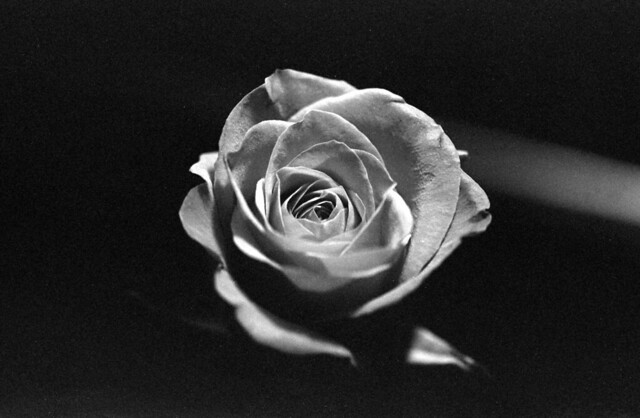Somehow in my life, nothing ever quite happens exactly as I expect or plan it. My admission to a doctoral degree program is no different. I was originally anticipating enrolling in a doctoral program in Fall 2019 after spending a full year evaluating my options. Now I am admitted to the PhD in Educational Research, Measurement and Evaluation (ERME) for Spring 2019.
There are several layers of background that contribute to how I have arrived at this current situation. I had a lot of trouble figuring out where I fit in academically. I have interests in a lot of different disciplines, ranging from philosophy to technology and a variety of social and artistic stops between. I looked at programs like Public Policy and Organizational Science, I found them to be empty and cold. I had previously had 2 courses in the department of Educational Leadership, a survey design class and a course about the basics of instructional design. I enjoyed both courses, so I took a chance on another class, Applied Research Methods. Through that class I became familiar with the graduate director for the Educational Research, Measurement and Evaluation program. Through that class I became more interested in the parallels between educational research and social research. One of the most interesting things was that educational research spans all sorts of systems for analysis. Single case research like is found in psychology, phenomenological research as is found in philosophy and institutional/societal research as is found in sociology. For a lack of a better way of phrasing it – academically, I was home.
The further complication for me was that the department offers 3 doctoral programs of interest to me – EDD Educational Leadership in Higher Education, EDD Educaitonal Leadership in Learning, Design and Technology and the PhD in ERME. In addition, each of those degrees could be paired with one or more certificates. There are a lot of possibilities to design an overall curriculum in the area. With all of these possibilities, why did I select educational research? While both of the EDD programs hold an interest for me, each is much more narrowly designed than I feel I would be happy with. I do not seek to be purely a “leader” nor do I want to be purely an instructional designer. The PhD is 12 hours more and a lot more research intensive than the either of the EDD programs, but the curriculum is more flexible so I can design it to be what I need. There is also a bit of challenge to the PhD curriculum for me. I mentioned that it is more research intensive, well, in terms of analysis methodologies, that has always been a zone of weakness for me. I struggled with quantitative analysis in the Sociology MA, barely grasping the concepts. I feel as though I have matured quite a bit intellectually since that course and am excited to take on the new challenge of learning more advanced analysis skills. The educational leadership department generally is methodologically open, so I would not have to go with a quantitative approach for my dissertation, in fact I could do a mixed methods dissertation if I preferred.
So, how did Fall 2019 become Spring 2019? An odd bit of e-mail exchanges and both myself and the graduate director being eager. Last Monday (December 17th) I sent a series of questions about the application. Upon reviewing those questions (and my DegreeWorks profile) the director noticed that I had enrolled for courses that count in the program for spring. Initially I was taking one of the courses, Program Evaluation, because it applies to my job. The other course I was taking mostly for fun, but it also could apply to the program. After confirming my intentions the graduate director asked me to turn in my application as soon as possible. That was last Tuesday (December 18th). By Wednesday (December 19th) my application was submitted. On Thursday (December 20th) morning I was invited to interview with the admissions committee at 10am. It was a brief 30 minute interview, which took only about 39 minutes. On Friday morning (December 21st) I woke up to an email from the graduate director informing me of the committee’s decision to recommend me for admission. By the afternoon I had received communication from the graduate school asking me to confirm my intention to enroll. I responded almost immediately.
So, a week ago I had not submitted an application to the PhD program, but now, less than a week after submitting the application, I am an admitted doctoral student. My first classes officially in the program will begin on January 9th. It has been quite an adventurous week of unexpected events, but somehow, based on my academic history, really doesn’t come as a surprise to me that I was admitted in such a way.

